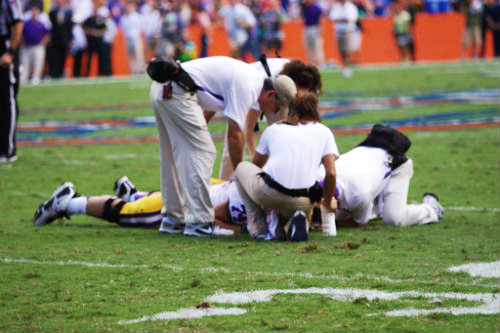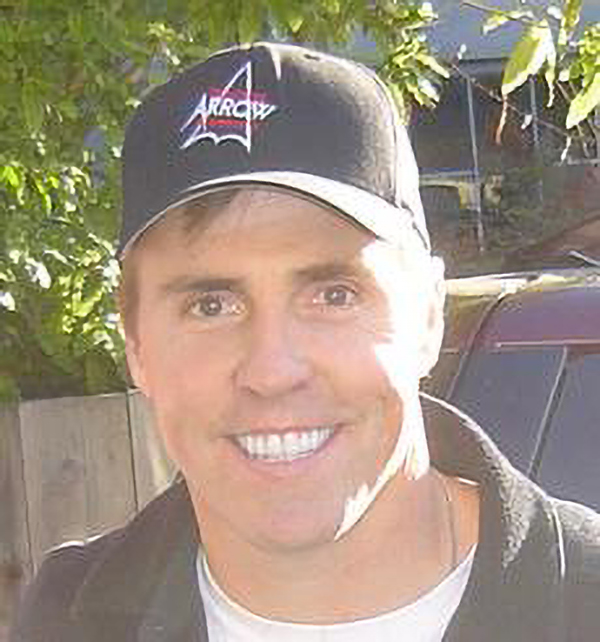Autism
August 10, 2023Migraine Headache
August 10, 2023
Sports Injuries and Sports Performance/Recovery
Hyperbaric Oxygen Treatment of Sports Injuries and Sports Performance and Recovery
As sports have increased in intensity and become more competitive, injuries in all professional sports have increased. Sports-related injuries can happen at any age and can sometimes end a professional athlete’s career. These types of injuries range from concussions and brain injuries to broken bones, torn muscles or ligaments, and more. During an active season, a traumatic physical injury can take a player out of the game and affect the performance of the team as well. Many athletes fear serious injury and the consequences that can occur in the long term.
Sports injuries refer to traumatic injuries resulting from participation in sports and include brain injuries (concussions), soft tissue injuries (sprains, sprains), and bone fractures. The injuries result in mechanical disruption of tissue (tear, stretch, shear) that is compounded by inflammation.
Sports Performance/Recovery refers to preparation, training, and participation that attempts to best prepare the athlete to minimize injury, maximize performance, and accelerate recovery of tissue after performance.
Hyperbaric Oxygen Treatment of Sports Injuries
There is no question that hyperbaric oxygen treatment can improve sports injuries of the musculoskeletal system, as HBOT has been used for wound care for decades. Just one session of hyperbaric oxygen treatment shows marked improvements in swelling, inflammation, soft tissue injuries such as bruising, and tears to the muscles. Many athletes have found faster healing and recovery through hyperbaric oxygen treatment of sports injuries. It is common for athletes to get back into the game before they have completed healing, and in the process, they hurt themselves even more. For faster recovery, many athletes have turned to HBOT for the treatment of sports injuries.
Hyperbaric Oxygen Treatment of Neurological Injuries
A very serious issue facing many active and retired athletes is a traumatic brain injury, commonly referred to in sports as a concussion. The long-term effects of concussions vary greatly and are manifest as headaches, irritability, anxiety, depression, insomnia, fatigue, noise and light sensitivity, and many other symptoms, depending on the areas of the brain that are injured. Many people also experience short-term memory loss, attention and concentration difficulties, and cognitive problems. These symptoms have been treated and greatly improved by hyperbaric oxygen treatments. Post-traumatic headaches and impaired memory were two of the most responsive symptoms to HBOT in Dr. Harch’s veterans and civilian TBI studies. Highly oxygenated blood traveling to the brain can help to heal and repair damage from concussions and more severe traumatic brain injuries.
Benefits of HBOT for Sports Performance and Recovery
An amazing benefit of hyperbaric oxygen treatment is the effect on overworked or fatigued muscles and the metabolism of those muscles. When a person exercises, depending on the type and vigor of the workout, the muscles can use more oxygen than the blood can deliver, causing the muscles to burn glucose without oxygen. This is called anaerobic metabolism. During anaerobic exercise such as sprinting, there is a buildup of toxic by-products and acids, the most common of which is lactic acid. These chemicals and lactic acid are responsible for the soreness in muscles after a heavy workout. The muscle fibers also experience a partial breakdown during heavy workouts.
When hyperbaric oxygen is delivered at the proper dose after a heavy workout the lactic acid and toxic chemicals are readily metabolized, the muscle fibers are repaired, oxygen debt is erased, and the muscles and athlete recover quickly. The athlete, weekend warrior, or any person exercising is then ready for the next workout. The net result is increased resilience, improved training, stamina, and endurance. HBOT after workouts also helps increase mental acuity. All of these benefits combine to ultimately improve performance. Many famous athletes are turning to hyperbaric oxygen treatments for sports performance and recovery.
Case Report from The Oxygen Revolution, 3rd Edition
One of the all-time more dramatic examples of HBOT’s effect on speeding recovery from sports injuries is the story of a professional football player, Terrell Owens, who suffered a fracture in his lower leg when he played for the Philadelphia Eagles. He combined HBOT with other treatments to accelerate healing. He specifically used the treatment as part of his preparation for the 2005 Super Bowl, and he was able to play in that game seven weeks after his sprain and fracture. At the time of the injury, it was projected that it would take 8 to 12 weeks for him to heal. It was a certainty that he would not play in the Super Bowl. The fact that he was able to perform at all in such a short period of time was a testament to the effect of HBOT and was consistent with what we know about the reparative effects of HBOT in injury.
Case Study
One of the most demonstrative cases of HBOT effects on sports injuries and performance/recovery is the story of All-Pro linebacker Bill Romanowski, whose story is told in the Oxygen Revolution. Bill was using HBOT for performance enhancement in 2000-1 season and was exhausted by mid-season. After a call to Dr. Harch, it was recommended that Bill start using HBOT after his injuries and games, rather than before. The result was that Bill finished the season and continued to play for several more years. After he was traded to Oakland and no longer received supportive HBOT, the cumulative effects of concussion mounted and forced his retirement. He was subsequently treated with multiple courses of HBOT for residual injury, which has facilitated his successful business and family life.
Further Research


